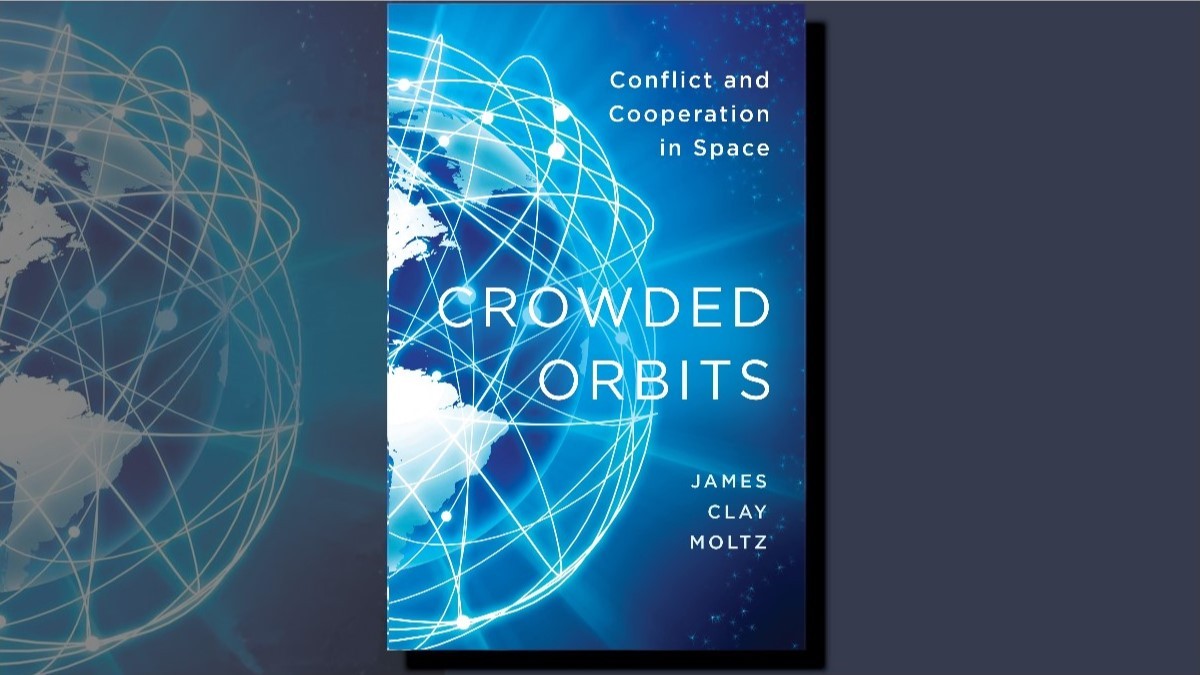Land Power Library - Wars of Revelation
The Transformative Effects of Military Intervention on Grand Strategy
by Rebecca Lissner
Oxford University Press, 2021, 240 pp
Paperback ISBN: 0197583199
Reviewed By: William Westerman
According to US political scientist Barry Posen, a state’s grand strategy is its theory of how it will achieve security and stability for itself in both times of peace and times of war.[1] Once established, grand strategies usually change in two ways: when they are completely overhauled in response to shifts in the international system (such as Germany’s turn towards expansionism in the 1930s following the disruption of the post-Great War settlement) or when they are modestly adjusted in response to changing assumptions, assessments, and information. In the latter, while the overarching grand strategic framework might remain in place, its emphasises and modalities undergo re-evaluation. This situation often leads to changes in defence budgets and acquisition programs, military deployments, commitments to alliances and partnerships, participation in international institutions, foreign aid allocations and diplomatic initiatives.
International relations (IR) orthodoxy contends that grand strategies are only meaningfully adjusted by great power conflicts, which often disrupt and restructure the entire international system. The effect on grand strategy from military interventions in small-scale conflicts (defined as wars involving no more than one great power and which entail less than total aims) is generally dismissed by IR thinkers. Rebecca Lissner’s Wars of Revelation rejects this view. At the time the book was published, Lissner was an Assistant Professor in the Strategic and Operational Research Department at the US Naval War College and Non-Resident Scholar at Georgetown University’s Center for Security Studies. With a PhD from Georgetown and experience working at the National Security Council and as the Deputy National Security Adviser for US Vice President Kamala Harris, she has considerable practical experience within policymaking circles.
In her introduction, Lissner presents her thesis, namely that small-scale conflicts do adjust grand strategy, often in very influential ways. This is, by her own admission, a relatively modest claim, but one which the discipline is apparently reluctant to embrace. In unpacking the argument, Wars of Revelation is, first and foremost, a work nestled within the IR discipline, and its assumptions, methodology and sensibilities infuse each chapter. In terms of its subject matter, it specifically focuses on the military dimensions of grand strategy. While not minimising other aspects of state power such as economic statecraft and diplomacy, Lissner argues that military force represents the most consequential policy implement a state can wield, and thus deserves special attention.
The book notes that, in an international environment replete with uncertainty, where nations seek to hide their intentions and capabilities from potential rivals, all grand strategies, particularly their military dimensions, are built on assumptions. This not only includes assumptions about the intentions and capabilities of a state’s possible adversaries, but also about the state itself, the effectiveness of its own military capabilities, the strength and resolve of its alliances and strategic partnerships, and the degree the nation will tolerate the cost of military action. In this regard, wars provide salient information in a manner that cannot be replicated in peacetime. ‘Whereas talk is cheap’, she argues, ‘wars are typically very expensive in blood and treasure. Precisely because wars are such costly behaviour, they are also highly informative: they force states to define the boundaries of their own interests and the sacrifices they are willing to make for those interests, observably and efficiently signalling those limits to adversaries.’[2] Ultimately, she posits that wars serve as ‘crucibles’ of grand strategy: ‘they test prevailing assumptions, expose inaccuracies, and prompt judgements’.[3] This assessment applies just as much to small-scale military interventions as it does to large-scale major wars between great powers.
Lissner interrogates this thesis using three US military interventions: the Korean War (1950-1953), the Vietnam War (1965-1973) and the Gulf War (1990-1991). She acknowledges that she has selected three US-centric examples, but contends that wars that saw shifts in US policymaking warrant significant consideration because the post-war international system was shaped by the United States in a manner unlike that achieved by any other nation,. Within each case study she determines when, how, and why US policymakers adjusted grand strategy either during or after the respective conflict. In particular, she looks at the changes that occurred to the threat perceptions undergirding policymaking and the changes to what Lissner calls the ‘military pillar’ of grand strategy: alliances and basing posture; military spending and force structure; and the employment of military force (particularly military interventions).[4]
The case studies are detailed, although usually written from the perspective of civilian policymakers and occasionally senior strategic military leadership rather than from that of operational commanders and other military practitioners. This viewpoint lends a slightly anodyne quality to the analysis of these historical narratives – as if wars are merely an exercise in policy and not bloody conflagrations in which people often die in horrendous ways, communities are shattered, and lives are ruined. The book neither seeks nor needs to delve into these aspects of its subject matter, yet the omission does stand out to those accustomed to more comprehensive historical accounts. In capturing the policy aspects of each war, Lissner allows those outside the IR discipline to see the conflicts from a slightly different light. For instance, in discussions of the 1991 Gulf War, Lissner places much of the US’ decision-making within the context of the Cold War. In doing so, she shows that the Soviet Union’s reaction to the Iraqi invasion of Kuwait shifted Washington’s perceptions of its erstwhile ideological adversary, and that this had flow-on effects for how the United States positioned itself in the post-Cold War international system. This is a perspective seldom applied to conventional histories of the Gulf War, and one which offers a broader sense of what the war meant for the United States beyond its engagement with the Middle East.
Wars of Revelation has much to offer, especially for those at the higher levels of the profession of arms and those in areas such as Military Strategic Commitments who engage in policymaking at the strategic level. While its immediate applicability to those at the tactical level is limited, this should not discourage officers and other ranks seeking a deeper understanding of US policymaking by reading the book. The Australian Defence Force is, after all, an instrument of government, ostensibly directed towards achieving policy objectives. For all readers, one particularly commendable aspect of the book is the way Lissner effectively synthesises the often-dry language of policy and articulates and encapsulates her arguments in a clear yet comprehensive style, free from the overly theoretical or obscurantist prose that sometimes bedevils writing in this field. The book is also relatively short; its 163 substantive pages (plus copious endnotes) are easily digestible. When considering the book more broadly, the applicability of its thesis to other nation-states, whether great powers such as Russia or middle powers like Australia, is not explored. Apropos, it would be interesting to conduct a similar analysis of non-US case studies, such as the Soviet Union in Afghanistan or the French in Indochina or Algeria; or perhaps examine the way the grand strategy of middle powers is also shaped by participation in military interventions led by a senior coalition partner.
In her conclusion, Lissner leaves her readers to ponder a dilemma: while the United States was effective at shifting grand strategic assumptions based upon its experiences of military interventions, these adjustments often did not translate into more effective policymaking. Instead, they were usually ‘precursors to misadventure’. This, she suggests, demonstrates the limits of grand strategy. While valuable as an ‘intellectual superstructure for policymaking’, it should not be the sole factor dictating policy choices, as ‘even sound strategies produce misguided decisions and undesirable outcomes’. This realisation is a salient reminder that (as she notes) there is ‘no substitute for rigorous interrogation of the merits of any prospective foreign policy, especially the use of military force’.[5]
About the Reviewer
William Westerman is a historian at the Australian War Memorial writing the Official History of Australian Operations in Iraq, 2003-2011. A Fellow of the Royal Historical Society, he has research expertise in the First World War and is also the co-author of the Official History of Australian Peacekeeping Operations in Timor-Leste, 2000-2012. Among his other work, he has written a history of the Fitzroy Lions’ 1996 merger with the Brisbane Bears in the Australian Football League.
Endnotes
[1] Barry Posen, The Sources of Military Doctrine: France, Britain, and Germany Between the World Wars, Ithaca: Cornell University Press, 1986, p. 13.
[2] Rebecca Lissner, Wars of Revelation: The Transformative Effects of Military Intervention on Grand Strategy, New York: Oxford University Press, 2021, p. 13.
[3] Ibid, p. 10.
[4] Ibid, p. 18.
[5] Ibid, p. 161.
The views expressed in this article and subsequent comments are those of the author(s) and do not necessarily reflect the official policy or position of the Australian Army, the Department of Defence or the Australian Government.
Using the Contribute page you can either submit an article in response to this or register/login to make comments.



